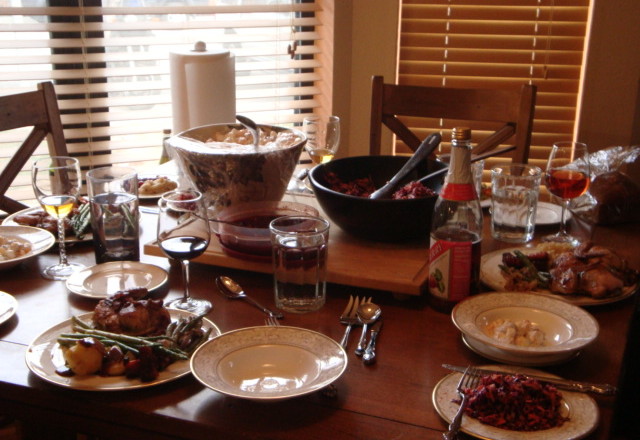Thanksgiving is a time for loved ones to gather and reflect on what we are all thankful for. Families travel from all around to unite and bond over delicious food and the expectation of creating warm memories. With all of the holiday cheer in the air, due to traumatic experience and separation, your foster child may see this time of happiness in a different way. It’s important to help him through this day; here are some helpful tips on celebrating your foster child’s first Thanksgiving in your home.
You want your foster child to have the best Thanksgiving possible – to experience the joy this holiday can bring. There may be, however, a disappointment that comes if your foster child does not respond in a way you hope for. It can prove to be difficult to not see his smiling face at the dinner table. This isn’t an uncommon scenario, however, so there’s no need to worry.
Celebrating Your Foster Child’s First Thanksgiving in Your Home – All in Good Time
It might seem awkward to hear that you can allow your foster child to be sad on Thanksgiving; however, the truth is that it’s totally OK. He may be grieving due to being separated from his family. If he doesn’t want to share what he’s thankful for or participate in other festivities, it’s all right to give him the time he needs to adjust. It will help to keep an eye on him to make sure he expresses his sadness in a way that won’t cause harm to himself or others.
Your foster child may be feeling alone and unwanted. Let him know that he is a part of the family by offering him an opportunity to share activities that will make him feel important (i.e., setting the table). Participating will make him feel he is integral not only to the day but also to the family as a whole.
Nothing says home like eating some of your favorite foods. Ask him what some of his are, and make a few dishes. It will feel great for him to experience something familiar, especially at this time.
Celebrating Your Foster Child’s First Thanksgiving in Your Home – A Family’s Welcome
Since your house will most likely be crowded with a variety of aunts, uncles, cousins and grandparents, it’s good to inform them – if they don’t already know – about the new addition to the family. Letting them know this is your foster child’s first Thanksgiving in your home will help them understand and exercise sensitivity. Of course, for your foster child’s protection, confidentiality is of the utmost importance. For example, discussing the circumstances that led to your foster child’s removal can bring more harm than help.
While it is important your family welcomes your foster child, it is also vital to ensure they will not make him feel obligated to exhibit/give close contact. Hugs can seem friendly and harmless, but a child who has been abused physically or sexually may see them as a threat. If he shows discomfort with physical contact, it is important not to force it. However, if your foster child doesn’t mind a hug, it’s a great way to show affection!
This is the first Thanksgiving together for you and your foster child, so it will be different. The good news is different doesn’t mean bad. Adding understanding and compromise on the menu along with the turkey and stuffing will make the day even more fulfilling. With love, patience, hard work and hope, this can be the beginning of brighter Thanksgivings ahead.
Author: Salendria Mabrey, FAFS Communication & Development Associate
Salendria Mabrey is a Communication and Development Associate at Foster and Adoptive Family Services.

